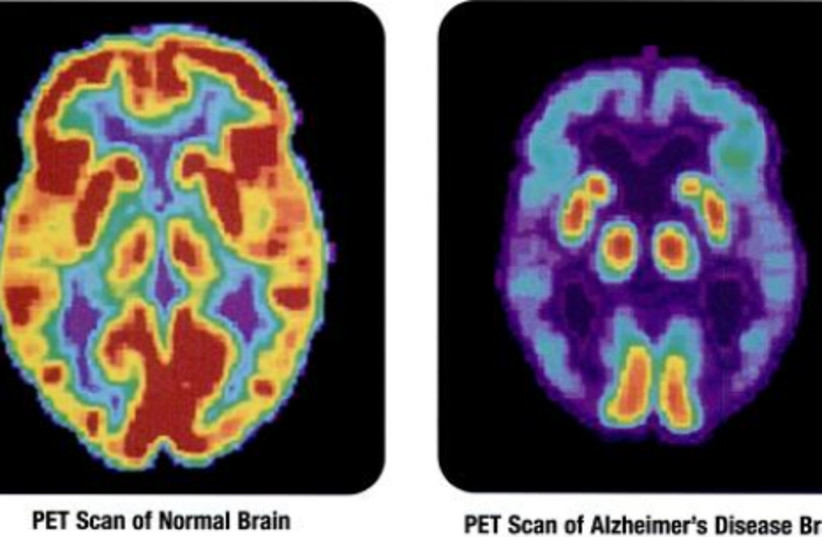A mechanism that causes autism, schizophrenia, Alzheimer’s and other conditions and is shared by mutations in the genes ADNP and SHANK3 has been unraveled by Tel Aviv University researchers who developed an experimental drug they found to be effective in animal models.
The drug could also be suitable for treating a range of rare syndromes that impair brain functions, said the scientists. The researchers were led by Prof. Illana Gozes from the Department of Human Molecular Genetics and Biochemistry at TAU’s Sackler Faculty of Medicine and the Sagol School of Neuroscience. The experimental drug, called Davunetide, had previously been developed in her lab.
The paper, which the team called a “scientific breakthrough,” was published in the scientific journal Molecular Psychiatry under the title “SH3- and actin-binding domains connect ADNP and SHANK3, revealing a fundamental shared mechanism underlying autism.”
“Some cases of autism are caused by mutations in various genes,” Gozes said. “Today we know of more than 100 genetic syndromes associated with autism, 10 of which are considered relatively common, though still extremely rare. In our lab, we focus mainly on one of these – the ADNP syndrome [activity-dependent neuroprotective protein] – caused by mutations in the ADNP gene, a condition that causes a wide variety of signs and symptoms. Its hallmark features are intellectual disability and autism spectrum disorder, which is characterized by impaired communication and social interaction.”
“Today we know of more than 100 genetic syndromes associated with autism, 10 of which are considered relatively common, though still extremely rare.”
Prof. Illana Gozes
The mutations disrupt the function of the ADNP protein, leading to structural defects in the skeleton of neurons in the brain. These two mutations are thought to be responsible for thousands of cases of autism around the world.

The chronic, debilitating form of autism called ADNP syndrome affects about 3,000 to 5,000 patients around the world ages one to 17 years. Davunetide is patented, safe, non-toxic and has already been tested in more than 300 adult patients.
As there is no treatment for ADNP Syndrome, the experimental drug was recognized by the US Food and Drug Administration as an “orphan drug” and a “rare pediatric drug” for future treatment of the developmental syndrome. It is protected by patents through Ramot, TAU’s technology transfer company, and exclusively licensed to ATED Therapeutics Ltd.
To begin, the researchers obtained cells from patients with ADNP syndrome. They discovered that when the ADNP protein is defective, neurons with faulty skeletons (microtubules) are formed, impairing brain functions. They also found, however, that ADNP mutations take different forms, some of which cause less damage.
Gozes, who is also director of the Adams Super Center for Brain Studies at TAU, said she and her team discovered that in some mutations, a section added to the protein protects it and reduces the damage by connecting to a control site of the neuron’s skeletal system.
“We know that this same control site is found on SHANK3 – a much-studied protein that has mutations associated with autism and schizophrenia,” she explained. “We concluded that the ability to bond with SHANK3 and other similar proteins provides some protection against the mutation’s damaging effects.”
At the next stage of the study, the researchers found additional sites on the ADNP protein that can bond with SHANK3 and similar proteins. One of these sites is located on NAP, a section of ADNP that was developed into Davunetide in her lab. The researchers also showed that extended treatment with their drug significantly improved the behavior of model animals with autism that was caused by SHANK3.
“In previous studies, we showed that Davunetide is effective for treating ADNP syndrome models,” concluded Gozes. “The new study has led us to believe that it may also be effective in the case of Phelan McDermid syndrome, which is caused by a mutation in SHANK3, as well as other syndromes that cause autism through the same mechanism.”
